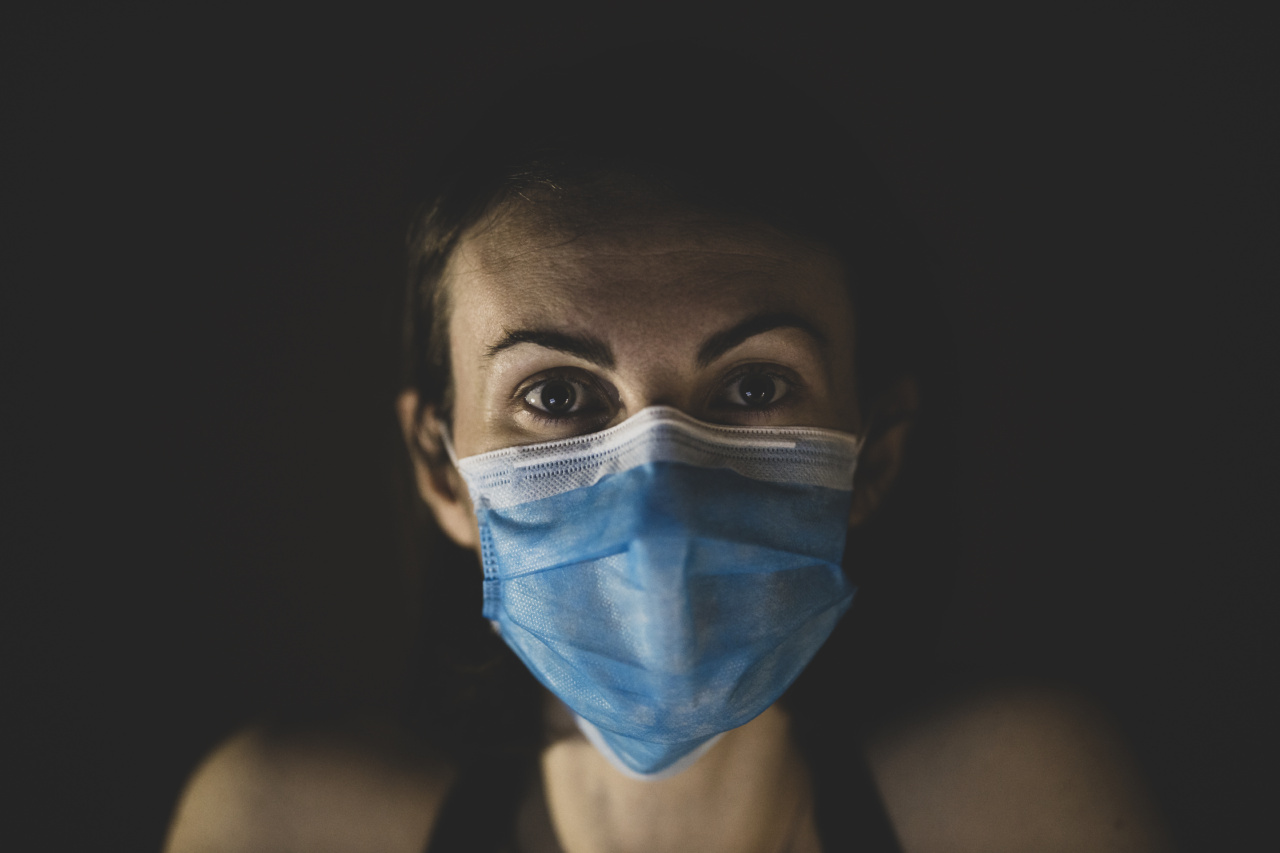Bird flu, also known as avian influenza, is a highly contagious viral infection that primarily affects birds but can also be transmitted to humans.
In recent years, a new strain of bird flu called H5N6 has emerged, posing a significant threat to both poultry and human health. This article aims to provide essential information on the H5N6 outbreak and offer practical tips on how to protect yourself from bird flu.
Understanding the H5N6 Outbreak
H5N6 is a subtype of the Influenza A virus, which primarily affects birds, particularly poultry. However, it has demonstrated the ability to cross the species barrier and infect humans, leading to severe respiratory illness and, in some cases, death.
The first human cases of H5N6 were reported in China in 2014, and since then, the virus has spread to various countries across Asia and beyond.
How Bird Flu Spreads to Humans
The transmission of bird flu from birds to humans typically occurs through close contact with infected birds or their secretions, such as droppings or saliva.
The virus can be contracted by inhaling contaminated airborne particles, touching contaminated surfaces, or through the consumption of undercooked or raw poultry products.
Symptoms of H5N6 Infection
The symptoms of H5N6 infection in humans are similar to those of other types of influenza and may include:.
- Fever
- Cough
- Sore throat
- Body aches
- Shortness of breath
- Fatigue
- Headache
- Runny or stuffy nose
- Nausea and vomiting (less common)
Preventive Measures to Reduce the Risk
While the H5N6 outbreak continues to pose a threat, there are several preventive measures that individuals can take to reduce the risk of infection:.
1. Practice Good Hygiene
Washing hands frequently with soap and water for at least 20 seconds can help eliminate any virus that may be present on your hands. Avoid touching your face, especially your eyes, nose, and mouth, as these are common entry points for the virus.
2. Cook Poultry Thoroughly
Cook all poultry products, including eggs, thoroughly before consumption. Proper cooking kills the virus and eliminates any potential risk of infection.
3. Avoid Unprotected Contact with Birds
Avoid direct contact with sick or dead birds, as well as live poultry markets, where the risk of exposure to the virus is higher. If you must come into contact with birds, use personal protective equipment, such as gloves and masks.
4. Stay Informed and Follow Health Guidelines
Stay informed about the latest developments regarding the H5N6 outbreak from reputable sources, such as health authorities and organizations like the World Health Organization (WHO).
Follow their guidelines and recommendations for protecting yourself from bird flu.
5. Get Vaccinated (If Available)
While there is currently no specific vaccine against H5N6 for humans, it is important to ensure you are up to date with your annual influenza vaccine.
This helps protect against other strains of the flu, reducing the likelihood of severe illness and potential complications.
6. Be Careful when Traveling
If you are traveling to areas with reported bird flu cases, be cautious and avoid poultry farms or live bird markets. Additionally, follow any travel advisories or restrictions issued by authorities to minimize your risk of exposure.
What to Do if You Suspect Infection
If you experience flu-like symptoms after potential exposure to bird flu, it is essential to seek medical attention promptly.
Inform your healthcare provider about your possible contact with infected birds, especially if you have recently visited affected regions or come into contact with sick individuals.
Medical professionals can perform tests to confirm or rule out H5N6 infection. Prompt diagnosis and treatment increase the chances of a successful recovery and reduce the risk of complications.
Conclusion
The emergence of the H5N6 bird flu strain highlights the need for public awareness and preventive measures to protect both poultry and human health.
By practicing good hygiene, avoiding unprotected contact with birds, and staying informed about the outbreak, individuals can reduce the risk of H5N6 infection. In the face of any flu-like symptoms after potential exposure to bird flu, seeking prompt medical attention is crucial for early diagnosis and appropriate management.




























